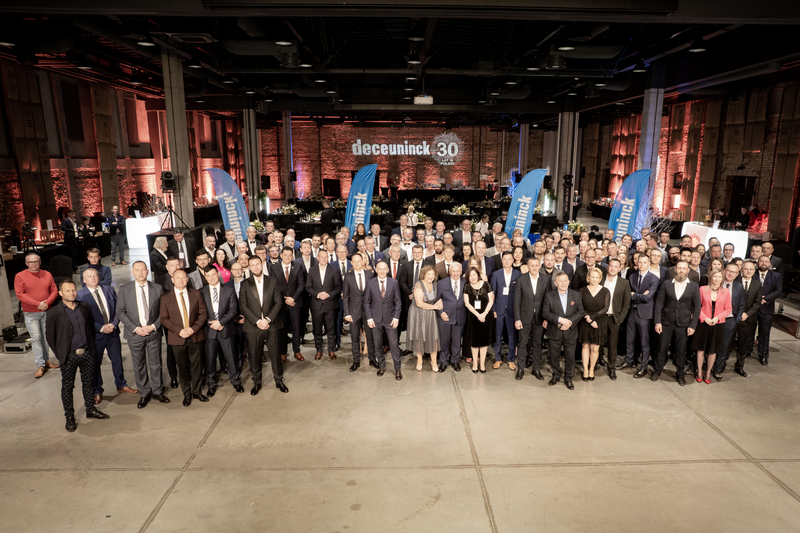Effector Therm Single Glazing
Manufactured from low-emission, soft coating glass, which is produced using the “off line” process, involving a metallic coating being applied onto the glass surface off the float glass production line. The heat emission coefficient of this coat is several times lower than that of glass. A double glazing unit made using this type of glass offers excellent parameters: high day light transmittance, the lowest possible heat transfer coefficient – U, the highest transparency, colour neutrality and optimum energy transmittance (Effector Therm Effect glass with the space between the panes filled with an inert gas – argon) to achieve an excellent heat transfer coefficient, U = 1.1 [W / (m2 K)].
Effector Therm Effect double glazing
The rising prices of traditional energy, dwindling energy resources, limitations on the emission levels of carbon dioxide and the increasing threat of climate change make it necessary to introduce efficient and cost-effective technologies. In line with the 2009 revision to the Building code, energy certification for buildings (“energy passport”) became mandatory. According to Directive 2009/91/EC of the European Parliament and the Council of 16 December 2002 on the energy performance of buildings requires EU Member States to actively promote the improvement of the energy standard of buildings within the Community.
Therefore we aim to ensure that the glass in our range helps to improve the heat transfer coefficient of the complete building – the Effector Therm Effect triple glazing sun protection panes consist of two panes with a heat insulation coating, and the space between the panes filled with argon, which results in a perfect balance between the lowest U coefficients of 0.6 W/(m2 K), energy transmittance (g = 50) and the highest transparency (71% of light transmission), while maintaining neutral colours (Ra = 95.7).
Such panes are used in locations where it is particularly important to achieve the lowest possible heat transfer coefficient, especially in passive houses.
ADVANTAGES of Effector Therm Effect heat protection panes:
MORE COMFORT:
- Reduction of the cold pane effect
- Reduced condensation of water vapour (by balancing the pane temperature with the temperature inside the room to avoid “misting”).
- Very good transparency and neutral colours
ENERGY SAVING + ENVIRONMENTAL PROTECTION:
- Lower heating costs
- Environmental protection by reducing carbon dioxide emissions into the atmosphere.
VERSATILITY:
- Effector Therm Effect heat protection panes work both in the summer by reducing heating of the room, and in winter by reducing heat losses from the room. The reduction in the amount of ultraviolet radiation penetrating the room protects human health and slows down the fading effect for furniture, carpets and curtains.
Effector Therm Effect three chamber
To meet the demands of contemporary requirements and of the construction industry, we added three chamber glazing units to our product range to achieve a U coefficient of 0.4 W/(m2 K). This included an additional chamber in the unit; to achieve such a value requires glazing units with a total width of 58 mm, with some of the panes tempered. The tempering process is carried out using an air bag instead of standard ceramic rollers, which eliminates distortion of the glass after heat treatment. With the improved parameters comes an increase in the pane weight to 40 kg/m2. The value of Lt – light transmittance factor also changes by approximately 8% in relation to panes with standard low emission coatings.
This type of pane is used in windows made for passive houses.








